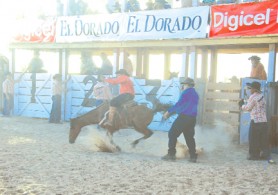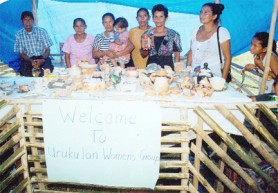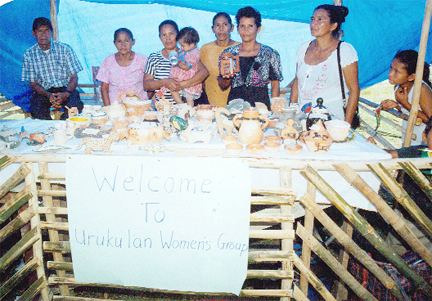– collaborating with CESO to fill training gaps in tourism sector
The Tourism and Hospitality Association of Guyana (THAG) has provided the Stabroek Business with details of its plans to work with the non-profit organization, Canadian Executive Services Overseas (CESO) to plan and implement a near country-wide three-year programme in the local tourism and hospitality sector that targets critical areas of weakness in the sector with a view to better positioning Guyana to increase its market share in the global tourism and hospitality industry.

THAG and CESO have agreed to partner in a 2010 – 2014 Volunteer Advisory Pro-gramme under which CESO will provide specialist volunteer advisers who will provide training for its members in four tourism and hospitality disciplines, namely, Restaurant Management, Front Office Operations, Back Office Opera-tions and Management Training. And in order to ensure that its members benefit equally from the expertise of the visiting volunteer advisers, the programme has specifically targeted tourist and hospitality facilities on the Essequibo River and Coast, North and South Rupununi, Georgetown and Demerara River and Soesdyke-Linden and Bartica for training.
Information made available to Stabroek Business by THAG indicates that two volunteers, Heinz Haas and Ralph Graham have already been working with facilities in Georgetown and the Rupununi providing training in restaurant management techniques, delivery of service, and food hygiene and preparation. Tourist and hospitality facilities in the Essequibo River and coast are expected to host another volunteer in July/August this year.
THAG says that the focus of its current training regimen is designed to plug “capacity gaps” in the tourism and hospitality sector through the “short term targeted assistance” which CESO is providing. Both CESO and THAG anticipate that the expected results of the training programmes will be sustainable long beyond their duration. THAG says that “through CESO assistance the (volunteer) programme will facilitate the establishment of long-term partnerships and the development of stronger partner institutions that will be able to provide a better service to their client base after the completion of the CESO Program. The programme also seeks to access individual client-entities, including small and medium-sized businesses in order to contribute to the individual growth of these entities.

THAG says that planning for this training initiative involved meetings with CESO during which the specific problems confronting the local tourism sector were discussed and benchmarks established to measure the results at the end of the three-year period, an approach which encourages THAG to be responsible for the realization of the planned results.
THAG says that the focus “greater satisfaction for visitors” has resulted in a decision to stage longer training programmes “that would add value to the services and operations” provided by local tourist and hospitality facilities.
The THAG training initiative is being pursued in support of the implementation of a national tourism development strategy, central to which is the institutional strengthening and capacity building in the sector, including managerial, financial, administrative and other services which include tour guide training for individual businesses and clusters as well as training of trainers in areas agreed between THAG and CESO.
The new THAG/CESO training initiative is part of what the association says is an initiative designed “to produce the goods” for its members. THAG has announced the establishment of five new committees which include committees responsible for Community Tourism and Amerindian Affairs, Marketing and Health and Safety Standards. During a recent interview with Stabroek Business THAG President Paul Stephenson said that as part of its focus on assessing the opportunities being created on account of expanding opportunities for closer trade and tourism ties with northern Brazil, THAG will be placing particular emphasis on positioning community tourism, including the tourism product offered by the country’s Amer-indian communities, to derive commercial advantage from the Brazilian market.

